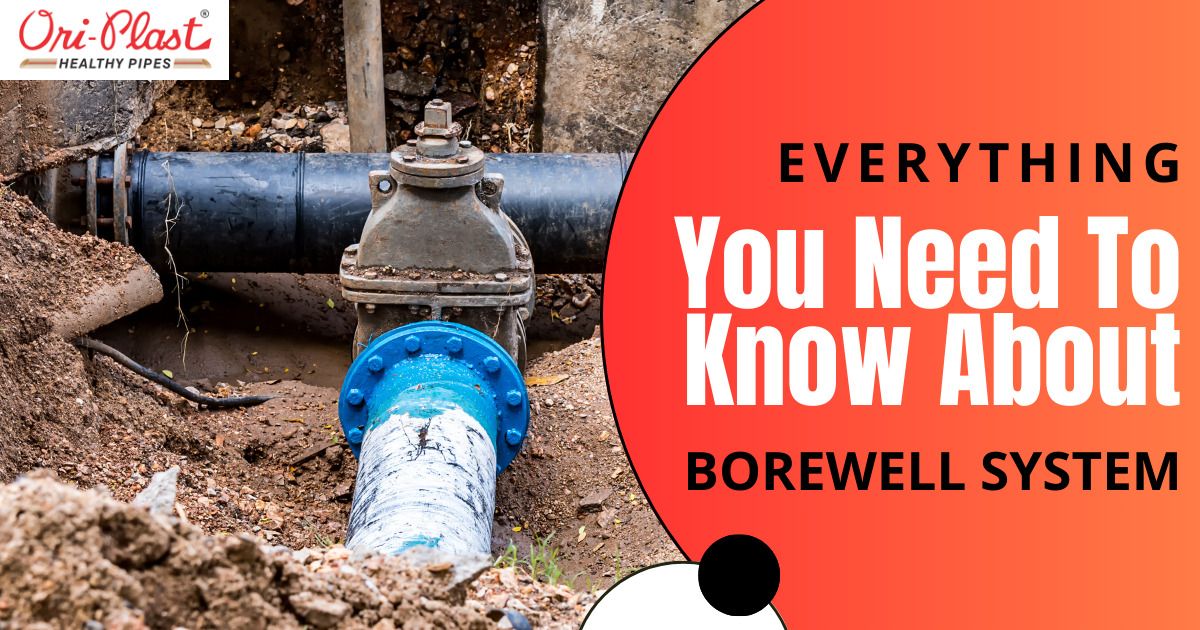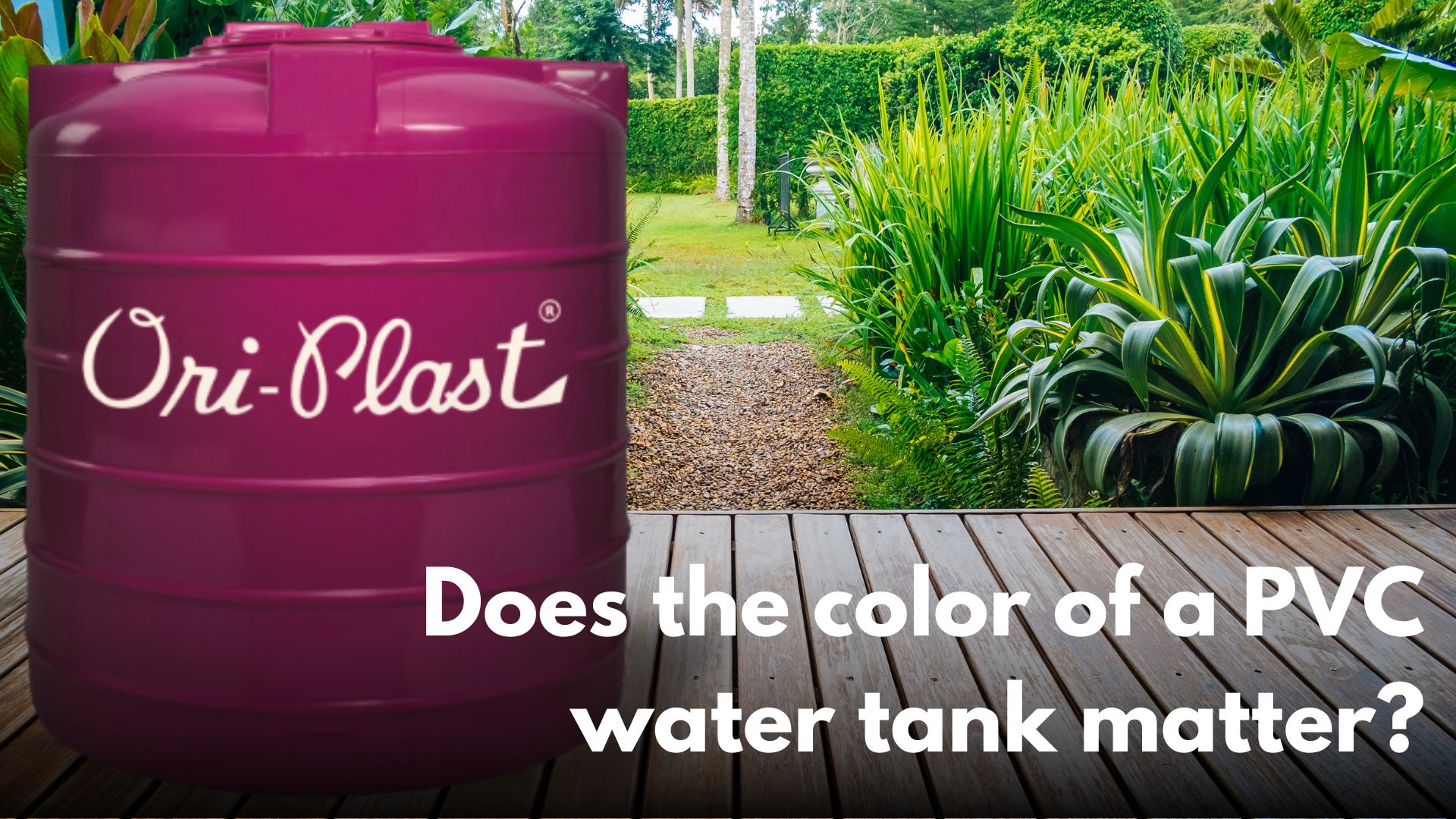In many parts of the world, access to a reliable source of clean water is a crucial necessity for households, agriculture, and industries. The borewell system is a popular solution to this challenge, providing access to groundwater reserves. In this article, we'll delve into the fundamental aspects of the borewell system, including its principles, costs, types, minimum depths, water quality, benefits, pumps, pipes, and common depths.
What is the Principle of Borewell?
The borewell system operates on the principle of accessing groundwater from underground aquifers. A borewell is essentially a narrow, deep hole drilled into the earth's crust to reach these water-bearing layers. Water is then pumped up to the surface for various purposes.
What Are the Different Types of Borewells?
There are two primary types of borewells: dug wells and tube wells. Dug wells are excavated by hand, reaching shallower depths, while tube wells involve drilling deep holes using machinery. Tube wells are the more common choice due to their ability to access deeper aquifers.
What is the Minimum Depth of a Borewell?
The minimum depth of a borewell can vary depending on local geological conditions and water requirements. However, in most cases, a borewell should be at least 100 to 200 feet deep to ensure access to a sustainable groundwater source.
Can We Drink Borewell Water?
The suitability of borewell water for drinking depends on its quality. Groundwater is generally safe to drink if it meets the necessary water quality standards and is free from contaminants. However, it's crucial to have the water tested regularly for factors such as chemical pollutants and microbial contamination to ensure its safety.
What Are the Benefits of Borewell?
- Reliable Water Supply: Borewells provide a consistent source of water, even during dry seasons, making them ideal for irrigation and domestic use.
- Cost-Effective: Over time, borewells can be a cost-effective source of water, especially in areas where other sources are scarce or expensive.
- Less Vulnerable to Climate: Borewells are less susceptible to climatic changes like droughts, making them a dependable source of water in such conditions.
Which Pump is Used in Borewell?
Submersible pumps are commonly used in borewells. These pumps are designed to be placed directly inside the borewell, where they can efficiently draw water from the underground aquifer and deliver it to the surface.
Which Pipe is Best for Borewell?
High-density polyethylene (HDPE) pipes are often recommended for borewell applications. These pipes are durable, corrosion-resistant, and can withstand the high pressures associated with pumping water from deep underground.
How Many Feet is a Borewell?
The depth of a borewell can vary widely depending on the specific requirements of the user and the geological conditions of the area. Borewells can range from relatively shallow depths of 100 feet to several hundred feet deep, with some commercial borewells reaching depths of over 1,000 feet.
Conclusion
In summary, the borewell system is a valuable solution for accessing groundwater reserves, providing a consistent and reliable source of water for various needs. While it offers numerous benefits, including cost-effectiveness and resilience to climate fluctuations, it's essential to ensure the water quality remains safe for consumption. Choosing the right pump and pipe materials, as well as determining the appropriate depth, are crucial factors in successful borewell installation.




